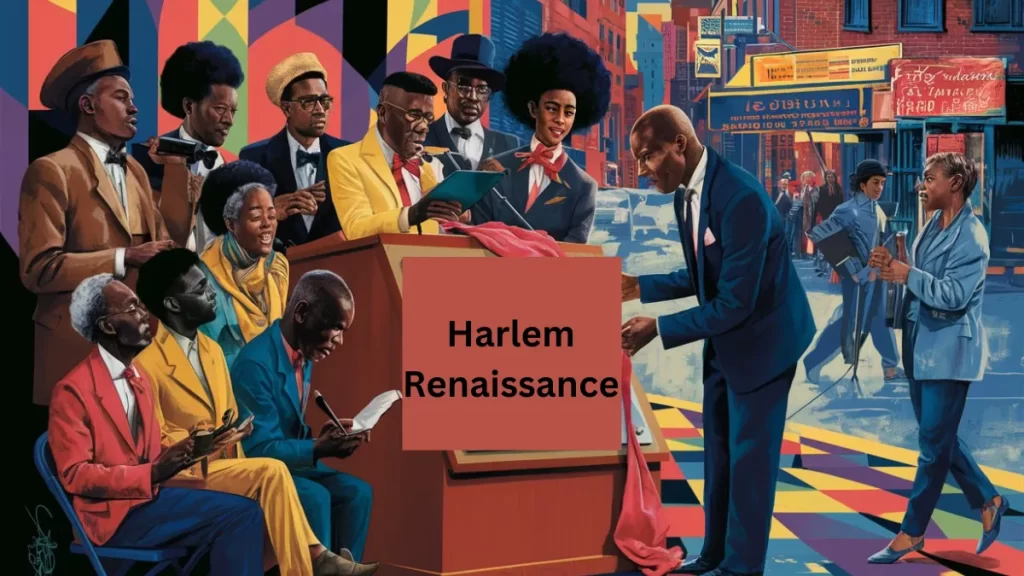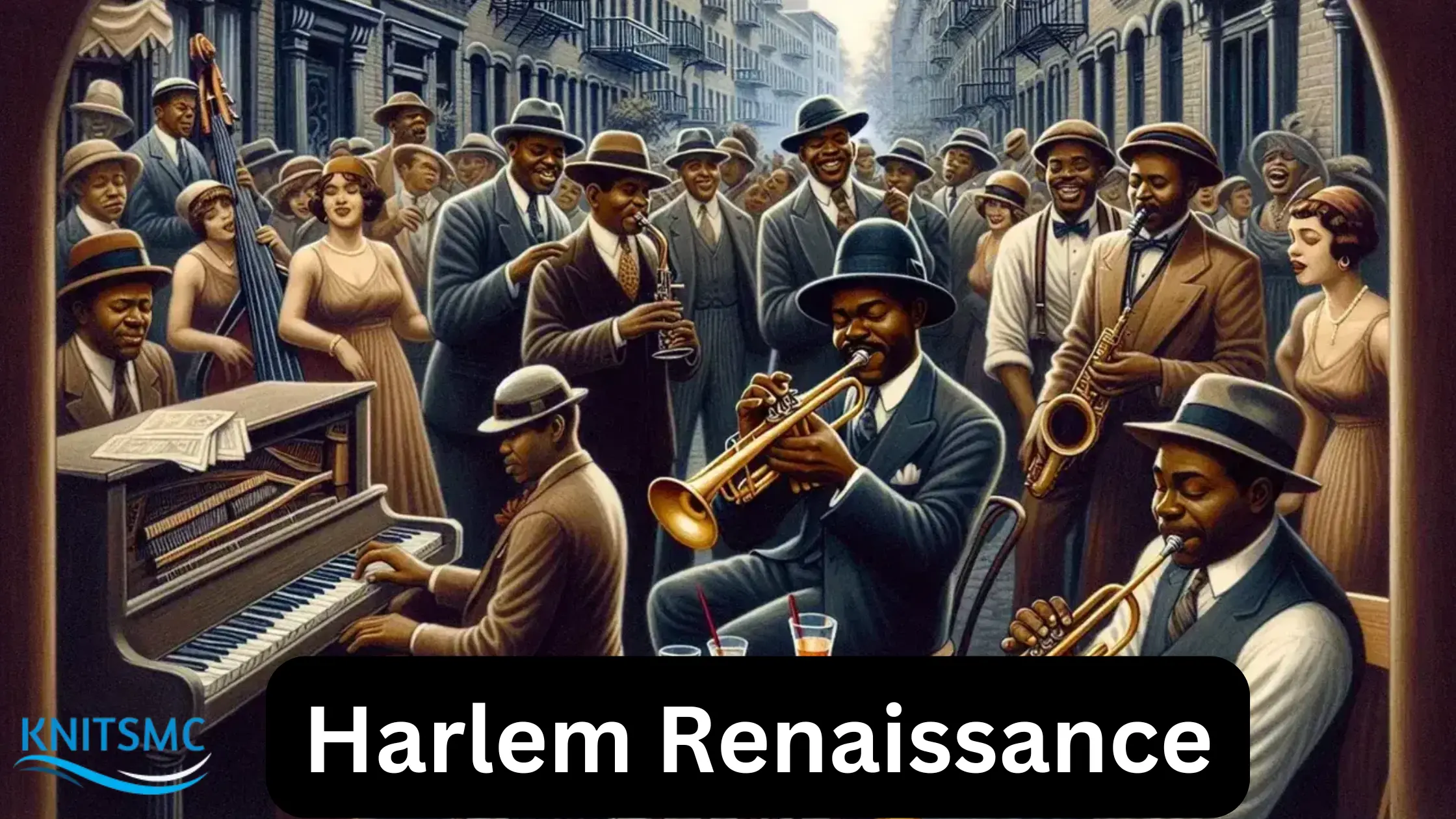Table of Contents
The Harlem Renaissance was a remarkable period in American history where creativity and cultural change flourished. At the heart of this movement was the modernist writing style, which brought new perspectives and bold expressions to literature. This article explores the modernist writing style during the Harlem Renaissance and uncovers the brilliance that made it a defining era.
Modernist Writing Style Harlem Renaissance: The Essence of Modernist Writing Style

What Is Modernist Writing
Modernist writing emerged in the early 20th century as a reaction against traditional literary forms. This style focuses on breaking away from the past and experimenting with new techniques. It often involves fragmented narratives, stream-of-consciousness, and unconventional structures. The aim is to reflect the complexities of modern life and offer fresh insights into human experiences.
Modernist Writing in the Harlem Renaissance
The modernist writing style took on a unique character during the Harlem Renaissance. Writers like Langston Hughes and Zora Neale Hurston used modernist techniques to explore African American identity and culture. They combined traditional African rhythms with modernist innovations to create a distinctive voice that resonated with readers.
Key Features of Modernist Writing Style Harlem Renaissance
Fragmentation and nonlinear Narratives
One key feature of modernist writing is its use of fragmentation. This technique breaks stories into pieces, reflecting the disjointed nature of modern life. In Harlem Renaissance literature, this approach was used to depict the fragmented experiences of African Americans. It helped convey the struggles and triumphs of life in a rapidly changing world.
Stream-of-Consciousness Technique
Another hallmark of modernist writing is the stream-of-consciousness technique. This method allows readers to follow a character’s inner thoughts and feelings in a seemingly random flow. Writers of the Harlem Renaissance used this technique to delve deep into their characters’ psychological and emotional lives, providing a window into their personal experiences and challenges.
Emphasis on African American Culture and Identity
Modernist writers during the Harlem Renaissance strongly emphasized African American culture and identity. They used their writing to celebrate black heritage and address social issues. They highlighted the richness of African American traditions and the impact of racial discrimination through modernist styles. This focus helped shape a unique literary voice that was innovative and rooted in cultural history.
Modernist Writing Style Harlem Renaissance: Notable Writers and Their Modernist Works
Langston Hughes
Among the most well-known authors of the Harlem Renaissance is Langston Hughes. His work often featured modernist elements like jazz rhythms and fragmented narratives. In poems like “The Weary Blues,” Hughes captured the spirit of African American music and culture, blending modernist techniques with traditional themes.
Zora Neale Hurston
Zora Neale Hurston is another crucial figure in modernist writing during the Harlem Renaissance. Her novel “Their Eyes Were Watching God” is celebrated for its use of stream-of-consciousness and its rich depiction of African American life. Hurston’s writing reflects the complexity of black womanhood and the vibrant culture of the Harlem Renaissance.
Claude McKay
Claude McKay’s poetry and novels also exemplify the modernist writing style. His work often addresses racial struggle and identity themes through innovative forms and styles. In “If We Must Die,” McKay uses modernist techniques to convey a powerful message about resilience and resistance.
Also Read: Impressionistic Style Literature: Unlocking Hidden Emotions
The Impact of Modernist Writing style Harlem Renaissance

Shaping Literary Innovation
The modernist writing style had a significant impact on the Harlem Renaissance. It helped shape a new approach to literature that was experimental and bold. By breaking away from traditional forms, writers could explore new ideas and express their experiences in fresh and impactful ways.
Influencing Future Generations
The modernist writing style of the Harlem Renaissance has continued to influence writers and literary movements. Its emphasis on innovation and cultural expression paved the way for future literary developments. Today, the legacy of Harlem Renaissance writers can be seen in contemporary literature.
Understanding this unique Modernist Writing style Harlem Renaissance helps us appreciate the brilliance of the Harlem Renaissance and its lasting impact on literature. The exploration of the modernist writing style in the Harlem Renaissance reveals the depth and significance of this transformative era, highlighting its role in shaping the literary landscape.





